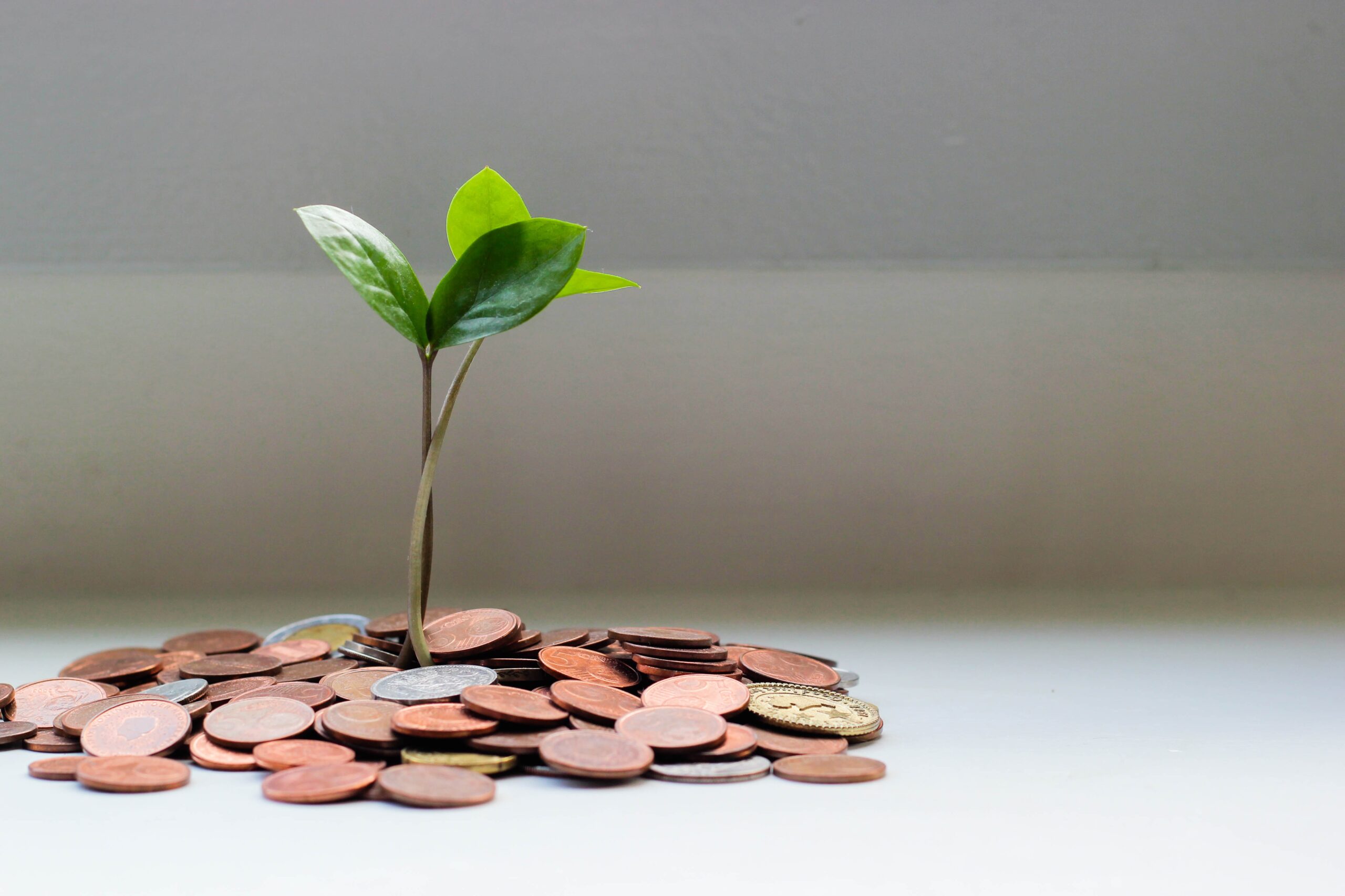Saving money is a critical component of personal finance, but many individuals struggle to set aside funds regularly. Building a healthy savings habit can provide a sense of security, enabling you to handle unexpected expenses and achieve your long-term financial goals. Whether you’re just starting out or looking to refine your approach, this guide provides practical tips for boosting your savings and building financial resilience.
The Power of Small Savings
It’s easy to think that you need to save a significant amount of money each month to make a difference, but the truth is that small savings can add up over time. A few simple changes to your spending habits, such as bringing your lunch to work or cutting out an occasional coffee, can make a big impact on your savings.
Determining Your Savings Goal
One of the keys to successful savings is having a clear goal in mind. A good starting point is to save at least three to six months’ worth of living expenses in case of emergencies. From there, you can set long-term savings goals, such as buying a home, paying for a child’s education, or saving for retirement. To help determine how much you need to save each month, use a savings goal calculator to create a personalized plan.
Pay Yourself First
One of the most effective ways to ensure you’re saving regularly is to “pay yourself first.” This means setting aside money for savings before paying other bills or making other purchases. To implement this strategy, you can have a portion of your paycheck automatically transferred to a savings account or set up automatic savings transfers from your checking account.
Making Saving Easier
Saving money can be challenging, especially when it requires sacrifice. However, there are several ways to make saving easier, such as:
- Envelope system: Keep cash for specific expenses, such as entertainment or dining out, in separate envelopes. When the cash is gone, you know it’s time to cut back.
- Automation: Automate your savings so you don’t have to think about it. Consider setting up automatic transfers from your checking account to your savings account.
- Budgeting: A budget is an essential tool for monitoring your spending and ensuring you have enough money to save.
Generating Additional Cash
In addition to cutting expenses, there are many ways to generate additional cash to boost your savings. For example, you could start a side hustle, sell items you no longer need, or take on freelance work.
Paying Off Debt or Saving
One of the biggest decisions you’ll make regarding your finances is whether to focus on paying off debt or saving money. Both options have pros and cons, and the right choice will depend on your individual circumstances. For example, if you have high-interest debt, paying it off first may be more beneficial. On the other hand, if you don’t have an emergency fund, saving money should be your priority.
Saving money is a critical aspect of personal finance, and building a strong savings habit can provide a sense of security and help you achieve your financial goals. By focusing on small savings, determining your savings goals, automating your savings, making saving easier through budgeting and generating additional cash, and deciding between paying off debt and saving, you can work towards financial stability and resilience.
Remember, building a strong savings habit takes time and discipline, but the payoff is worth it. Take it one step at a time, and be patient with yourself. Over time, you’ll see the positive impact of your savings and be better equipped to handle financial challenges.
Finally, it’s important to regularly evaluate your savings plan and adjust it as necessary to ensure that it continues to meet your changing needs and goals. With the right strategy and dedication, you can build a healthy savings habit and achieve financial peace of mind.
